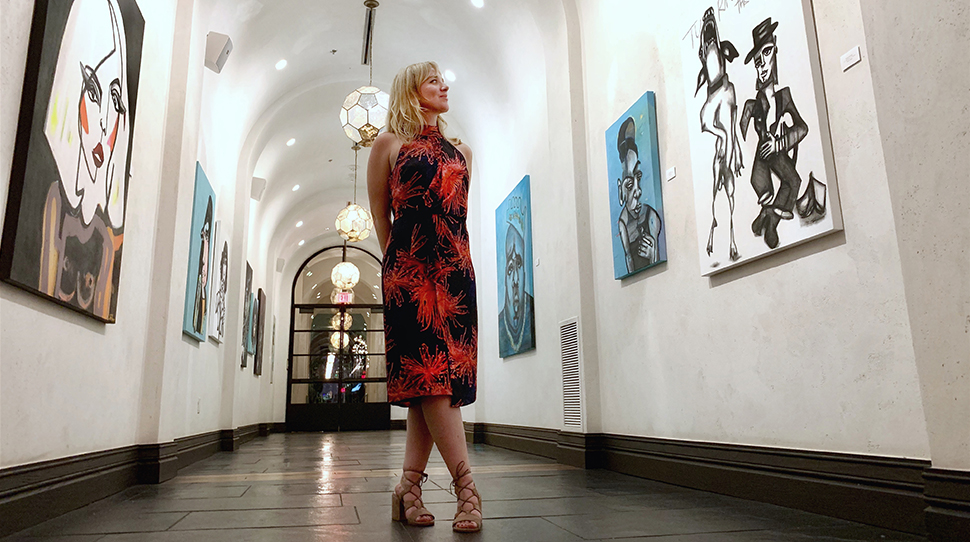

You might expect one of L.A.’s hottest new artists to have a flair for drama, but Sophie Kipner is the epitome of California cool. The down-to-earth, Venice-based creative has made her mark by going back to her roots and honing a skill taught in art 101: blind contouring.
Using a single line (and without looking at the canvas), she captures the likeness of everyone from Johnny Cash to Frida Kahlo in a whimsical, abstract style all her own. Her talents not only earned her a coveted spot as one of historic Hotel Figueroa’s featured artists, she’s also the first exhibitor at the downtown L.A. property to have her showcase extended.
“Her art just speaks acceptance,” said Hotel Figueroa owner Bradley Hall of Kipner’s DONTLIFTUPDONTLOOKDOWN project. “It just has this positive energy to it, and it’s just so approachable to the overall community. I think that just speaks so well with what we’re trying to do at the hotel and speaks so highly of Sophie as an artist and as a human being and her ability to convey that.”
A 1920s-era haven for solo female travelers and businesswomen, Hotel Figueroa has long been an artistic hub that continues its legacy with a quarterly Featured Artist series. The exhibition spotlights local, female talent, and Kipner’s unique portraits were a natural fit.
You can catch a glimpse of her latest works in the recently restored downtown icon’s gallery space through the end of the year. We recently caught up with the SoCal artist to talk about the show, her creative roots and the artistic places she longs to visit.
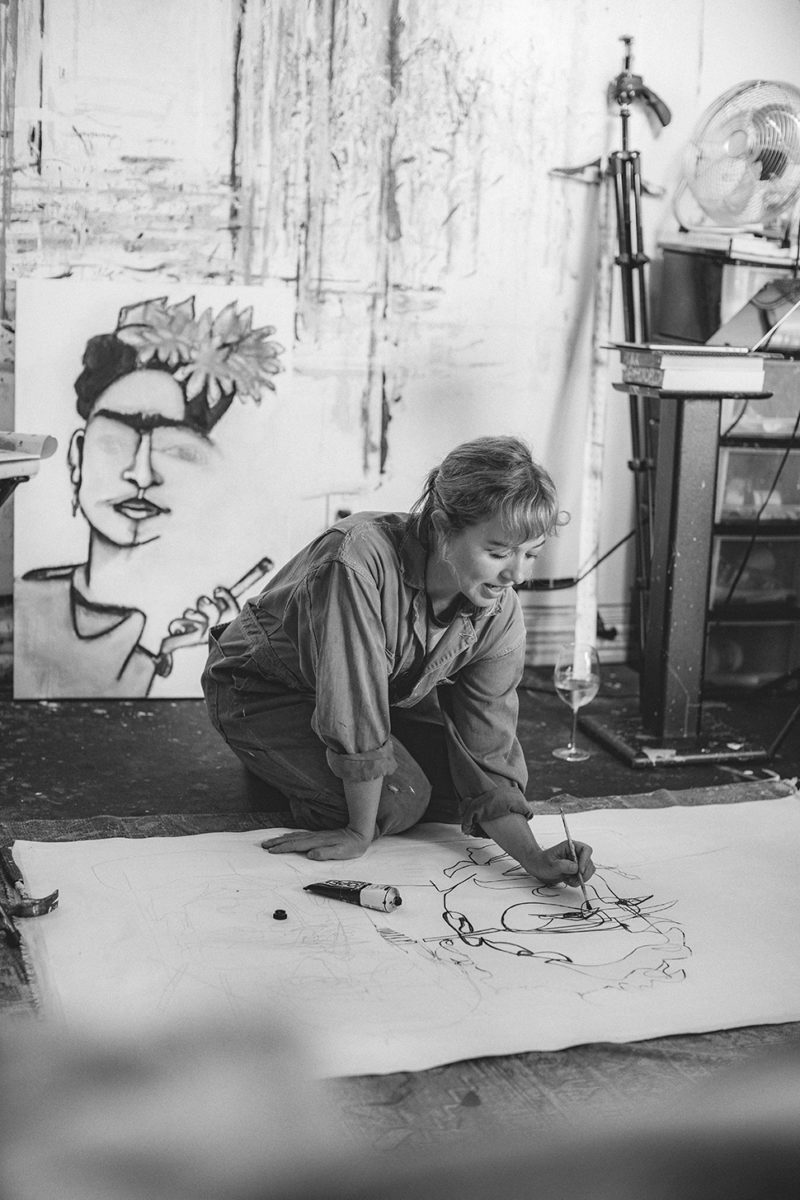
Can you tell us a bit about your background?
I grew up in Topanga, here in L.A. My mom’s Finnish and my dad’s Australian, so I spent a lot of time traveling as a kid. But I am an L.A. person, born and raised.
I had always done art. My dad was a songwriter and my mom was a dancer, so I grew up with a very artistic family encouraging me to pursue the arts.
I went to USC and studied journalism. But also before USC, I went to Otis [College of Art and Design] for a little bit and had always made time for art and going to art classes and figure drawing just because I truly loved it. Throughout my 20s, even though I wasn’t pursuing art as my primary thing, I did have shows intermittently and participated in group shows where I’d be illustrating my short stories and things like that.
But it wasn’t until about five years ago in London that I sort of discovered this series in particular, and it’s taken off from there. It started really organically.
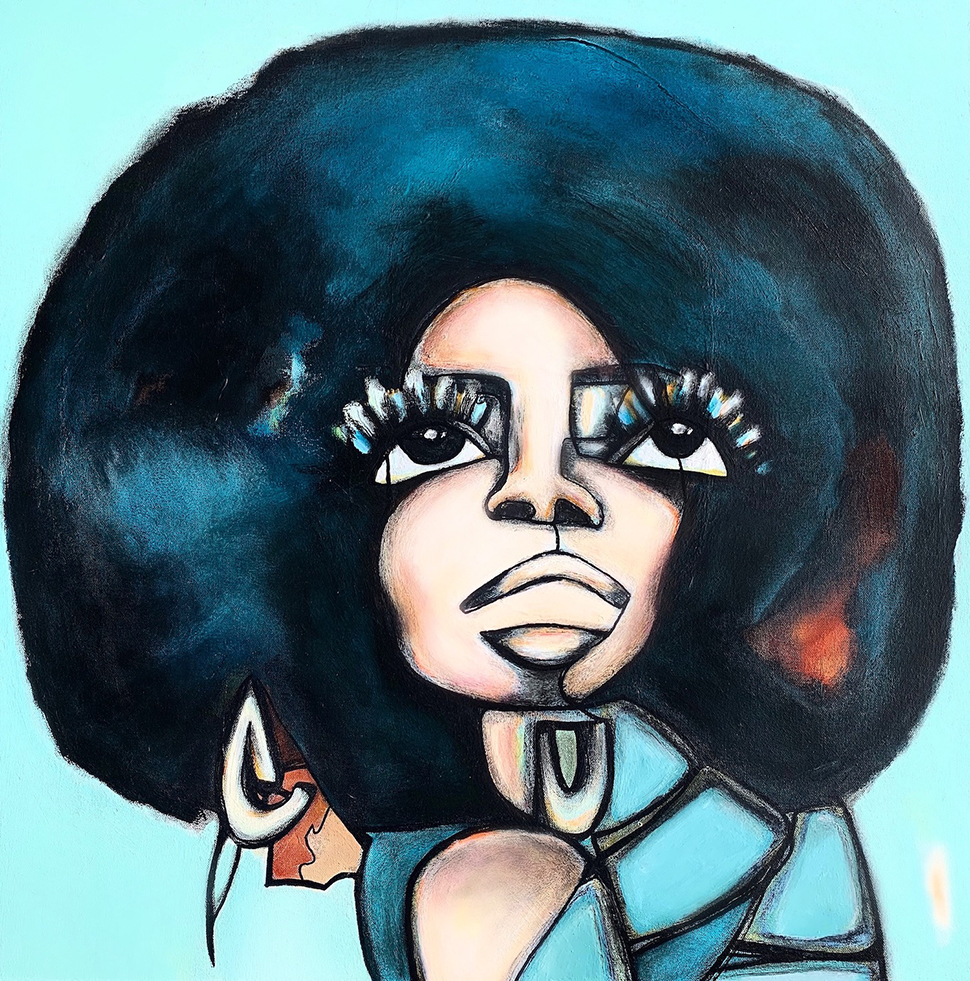
How did you get into blind contouring?
I remember blind contouring is something that pretty much every foundation-level art student will learn as a hand-eye-coordination technique just to get out of your head. Usually, you put your other hand out and you’re drawing with one line without looking at the paper.
Cut to years later and I’m in my early 30s, and I’d been focused on writing for a while. I had written a novel. And it was a wonderful experience, but frustrating. At the end, I didn’t know how to get it published and all of that.
And my dad, because he’s a songwriter, sort of really believes in just keep working and putting things aside. So, he said to me, “Just get out of your head. Just put it aside. If it’s good, it will find its way, but do something else.”
He was joking with me that I should be able to cook my friends a good meal, just to get out of my head and learn how to do that. It’s something I’ve always wanted to do but hadn’t really taken the time to learn how to cook. So, I did that, and I started doing these dinner parties, small little six-person dinner parties.
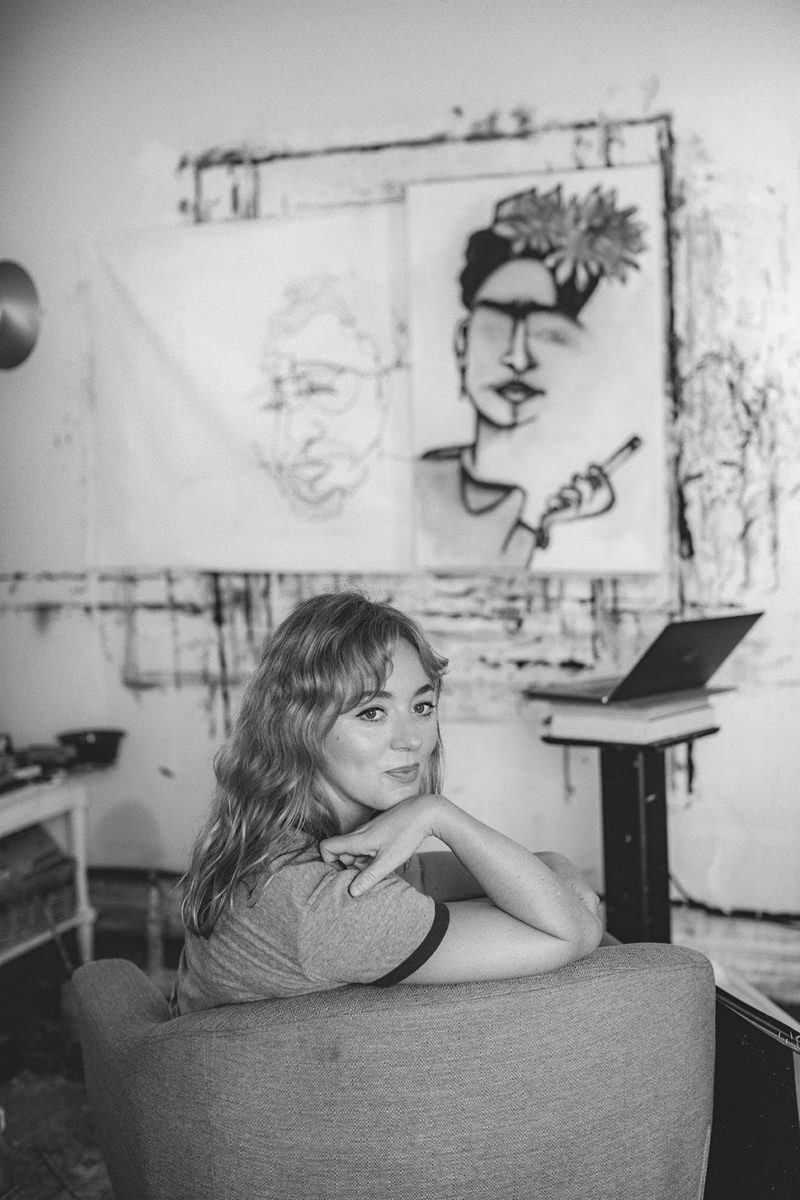
One night, we were having wine and playing all these games and we ran out of games to play. I had this cabinet full of art supplies. So, I pulled out a bunch of paper for everyone and pens and I said, “OK, we’re going to draw the person across the table without looking down or lifting up the pen.” It wasn’t that I was thinking, “Let’s do this old blind contouring art school exercise.” It didn’t even register that that’s what it was. I was just trying to think of a fun game that was no pressure for anyone.
The thing about blind contouring is that there’s so much character and emotion that everyone ends up with something that’s kind of vibe-y. So, we started doing this and playing musical chairs, and by the end of the night, everyone would leave with a bunch of drawings of themselves, and it was just so much fun.
I remember that first night completely reigniting my love of art. I think, had I not been so frustrated with my writing at the time, then the juxtaposition wouldn’t have felt so needed. Me being able to draw without looking meant that that heaviness, that internal editor that was so much a part of my writing process that was stifling me, was no longer in the picture. I was just able to draw freely how I saw things rather than how I thought it should be. It was incredibly freeing for me.
With your most recent series spotlighting iconic female figures in history, it’s fascinating how these women have been in portraits many times over. You try to capture the essence of the person without necessarily drawing her likeness.
I’m so glad you can see that. There’s something about [drawing] strong women through this. The first show was focused thematically a bit more — strong women were included — but was music-related because it felt like it made sense with what I was inspired by and around, with my family and all of that.
Now, given the chance with the extension of the show to focus on these strong women, it’s been amazing to think of these strong women through the ages who have really changed the shape of history. It’s given me this opportunity to go in and learn a lot about these women, learn more than I knew before and be inspired by them myself.
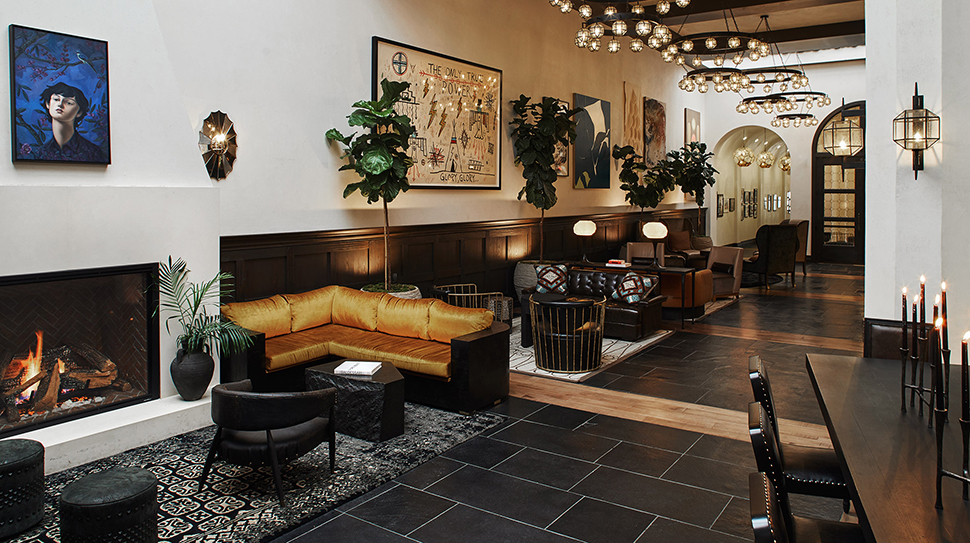
How did it feel when you found out that Hotel Figueroa was extending your exhibition?
So, so great! It was so cool. They haven’t done that before, and I think because of the response and the fact that it’s actually leading to sales — just the fact that people are responding in the way that they are has been so incredible. I’m so grateful for the opportunity to have more time there. The more time I spend there, the more I feel a part of the Hotel Fig family and a part of the story.
It’s so amazing because they really are trying to make it a place to give a voice and a platform to local female artists. It’s not like they’re doing it and making a lot of money off it. They’re really just going, “Hey, we want to give you the chance to get out there and for people to see your work.” I think it’s so unusual. I’ve shown in some really lovely places, but the way [Hotel Figueroa is] approaching it is so clearly to support the artist.
Do you think the combination of the hotel’s warm, welcoming vibe and your approachable medium is fueling the positive response?
Yeah, I think so. I think it’s sort of that I’m taking an abstract interpretation of what people know. I think people are looking at it with their own sort of history — everyone has their own relationship with some of these icons.
I think maybe people are responding because they’re sort of meeting this new take on it with their own relationship with it. I’m not sure exactly what it is that people are being drawn to, but I’m really grateful for it.
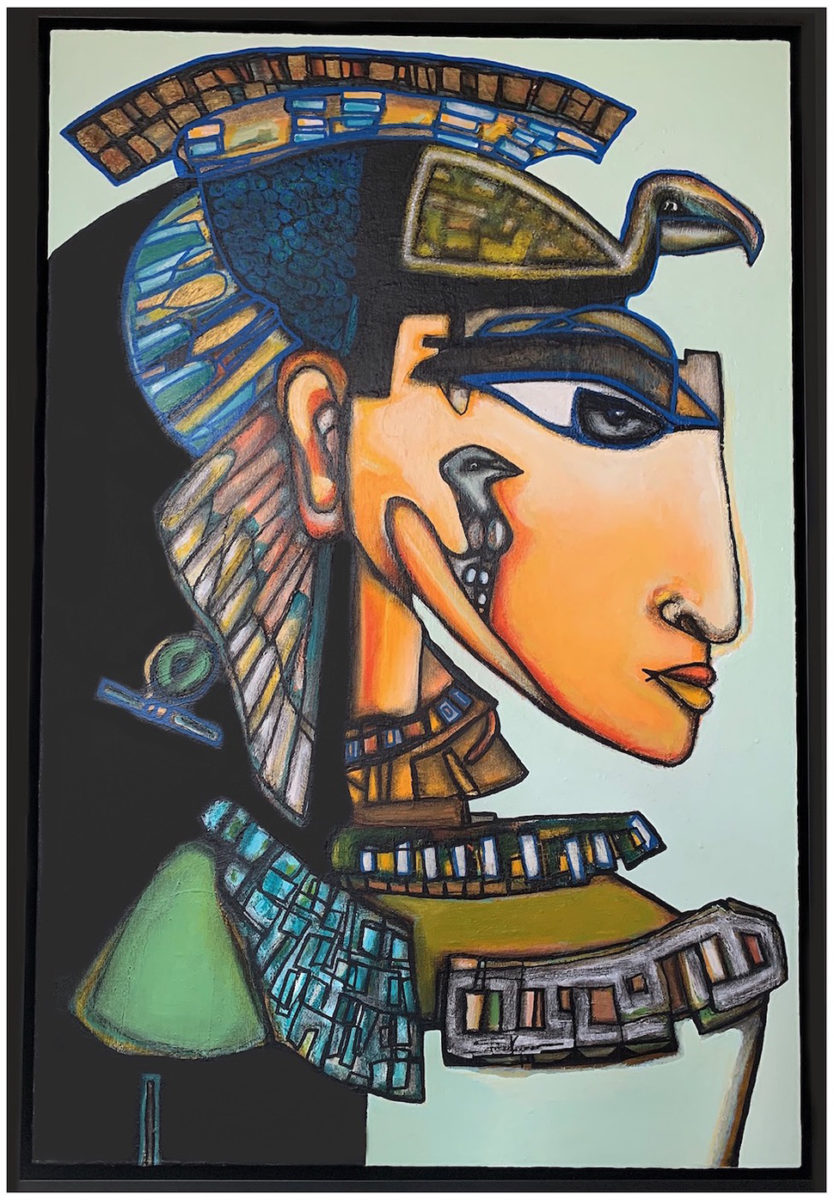
Do any of the specific portraits hold special meaning for you?
I think I’ve chosen people who I’m particularly inspired by, so I never really have a favorite. My favorite always seems to be the one that I’m working on, or the last one.
I really loved doing the Cleopatra one. It was sort of special for me and sort of timeless.
And RBG. The Ruth Bader Ginsburg one, especially right now, is so important. I just love her. She’s incredible. That was really fun for me to do, and I love how that one came out.
Oh, and the Amelia Earhart one.
I knew all about the history of the hotel — I knew about it being a safe haven for women and female ownership and all of that — but what was really cool was that I didn’t really tell them what I was going to do for this fourth quarter [exhibit] as far as subjects until the very last minute because I don’t really ever know what’s going to work until I do it.
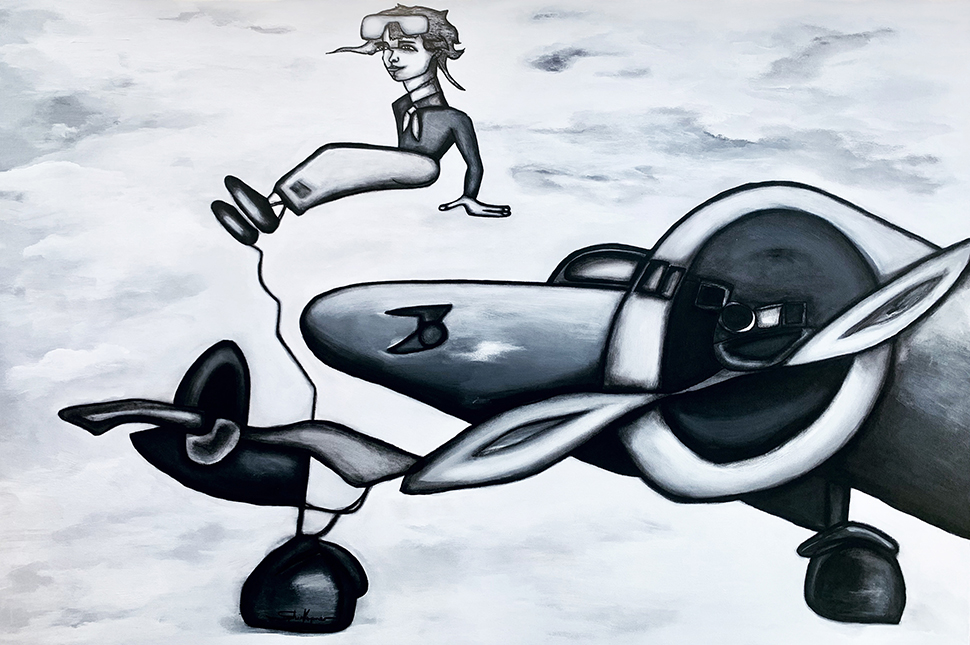
Amelia Earhart was someone who was really important to include when I was thinking about women who have changed history. I had been wanting to do it for a while, but I hadn’t really talked to [the hotel] about it. I showed up and did it on a really big canvas because it needed to be.
It was also kind of eerie and strange that she was connected to the plane [in my artwork], but the plane is sort of disjointed in the air and she’s sort of hovering above it in the clouds. She looks so serene and calm and she’s just staring forward knowingly and bravely. I couldn’t plan it like that, but the fact that it came out that way was just so interesting. That’s why blind contour is so interesting. I wouldn’t have thought to do it that way, but it was more meaningful than if I would’ve planned it.
When I brought it in, the management was like, “Oh my God, did you know?” The first manager of the hotel in the ’20s was a woman. I think she was the first female hotel manager in the country and she was a pilot. The fact that the hotel’s roots were in female aviators — it couldn’t have been more perfect. I loved how that worked out. I love that piece for that reason, and it feels like it couldn’t fit better with the hotel’s history.
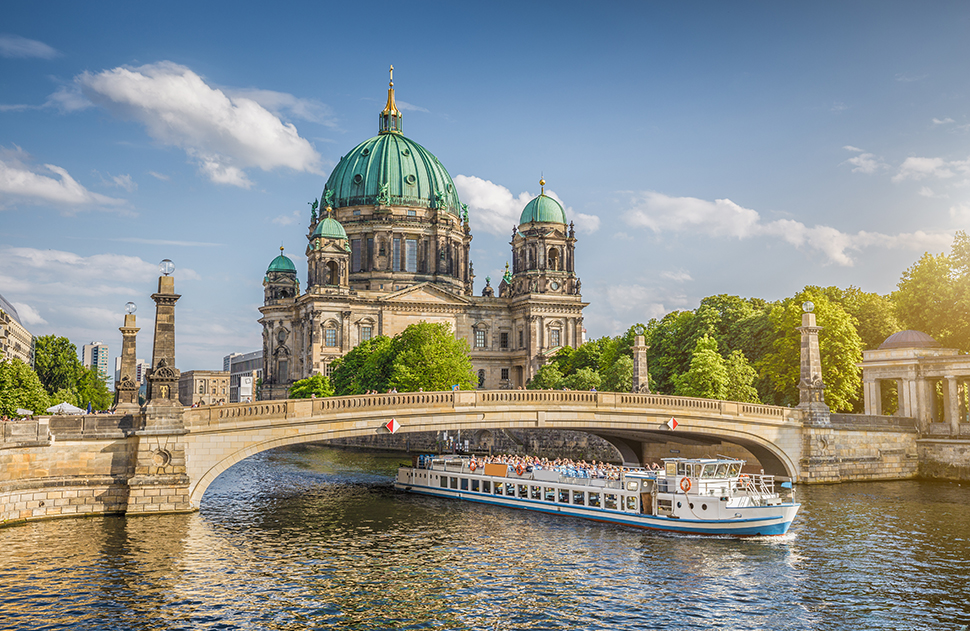
What artistic destinations are on your bucket list?
I have three places that I’m dying to go to for inspiration. First is Havana. I’ve been dying to go to Cuba for a while, and I know that I’ve got to go sooner than later. I think the colors and the culture. I love going to Mexico for the same reason. Places where music and culture are just part of the environment, it really inspires you on multiple levels.
Berlin, of course. I can’t believe I haven’t been to Berlin before, but I feel like that is essential for an artist. And Tokyo. Those are my three that I’m constantly trying to get to quickest.
Where in Mexico do you enjoy visiting?
I love Zihuatanejo. It’s really far down and a little difficult to get to, but it’s magical. Probably because it feels more untouched. It’s not so touristy. The people are amazing, and I love the light there. There’s something about the light. It’s so soothing and gorgeous, and I love the colors.
I haven’t been to Mexico City, which everyone says I would love and should go to because of the art scene there.
